#Albany institute
Explore tagged Tumblr posts
Text
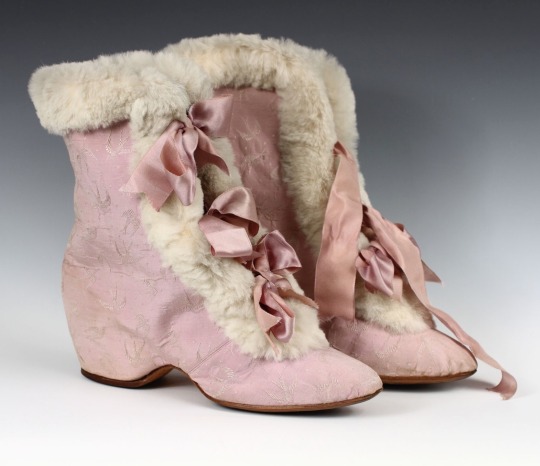
Pink Silk Carriage Boots, 1890-1895.
By Marshall Field, Inc.
Albany Institute of History & Art.
#Marshall field Inc.#womenswear#carriage boots#boots#1890#1890s#1890s boots#1890s shoes#extant garments#1890s extant garment#pink#fur#silk#19th century#Albany institute
1K notes
·
View notes
Photo

Carriage Boots
Marshall Field
1890-1895
Albany Institute of History & Art
#boots#historical fashion#fashion history#carriage boots#1890s#edwardian fashion#edwardian#19th century#pink#accessories#outerwear#albany institute of history and art
3K notes
·
View notes
Text
Carmen LGP at Albany Institute
1 note
·
View note
Text
Official Post of New York
If you have ever been tempted by a Paleozoic Pal, like a a stuffed trilobite or a full size eurypterid body pillow, now's the time to buy one, before they and a really lovely little museum are gone for good 😭😭😭
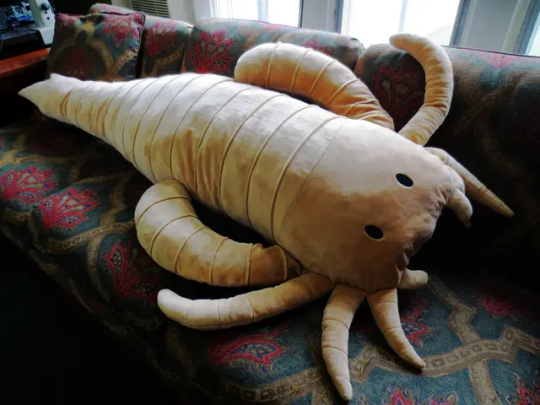
#new york#new york state#upstate new york#ithaca new york#finger lakes#Museum of the Earth#natural history#PLEASE upstate has so little in terms of quality scientific institutions#please please PLEASE help this place out#dont let the only decent institutions be region locked to albany and nyc :(
34K notes
·
View notes
Text


Green Hostess Dress
c. 1889
Label: A. Félix Breveté / 15. Faub. St. Honoré Paris
Albany Institute of History & Art
#green#1880s#1889#Victorian fashion#Victorian#historical fashion#fashion history#history of fashion#19th century#dress history#frostedmagnolias
3K notes
·
View notes
Text

ab. 1873 Grey blue visiting dress by House of Worth (Charles Frederick Worth)
silk faille and silk taffeta trimmed with steel beads
(Albany Institute of History & Art)
1K notes
·
View notes
Text
Dress, silk brocade with embroidered net
House of Worth
c. 1883-1885
Albany Institute of History and Art




#wow wow#victorian#victorian era#victorian fashion#fashion history#historical fashion#19th century#dress
530 notes
·
View notes
Text

Angelica Urquhart Livingston (1818-1879), ca.1840-50 By Unidentified artist Albany Institute of History & Art
#Angelica Urquhart Livingston#american art#art#fine art#european art#classical art#europe#european#fine arts#oil painting#europa#1800s#female portrait#female#portrait#brunette#woman#black hair#black eyes#lady#painting#european fashion#fashion
153 notes
·
View notes
Text

On Now: The Art of Salley Mavor at the Albany Institute of History & Art: 👉 https://buff.ly/40vA2dk
59 notes
·
View notes
Text

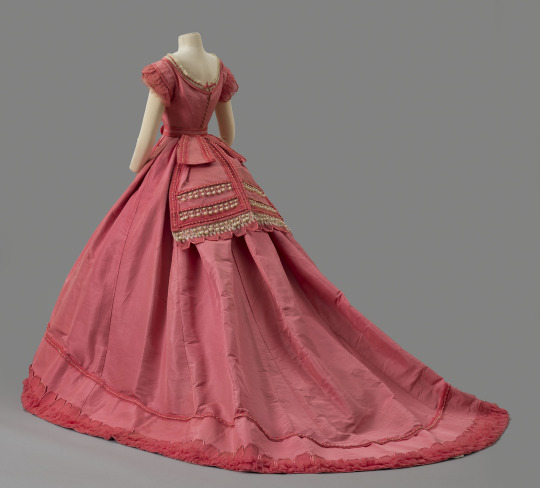
Pink silk ball gown, ca. 1867, French.
By Emile Pingat.
Albany Institute of History & Art.
#womenswear#extant garments#dress#silk#19th century#french#albany institute#1867#1860s#1860s dress#1860s extant garment#1860s France#Emile pingat#pink#ball gown#evening#1860s evening#1860s ball gown
268 notes
·
View notes
Photo

Carriage Boots
1875-1885
Albany Institute of History & Art
#carriage boots#fashion history#historical fashion#1870s#1880s#victorian fashion#victorian#gilded age#black#19th century#accessories#boots#albany institute of history and art#edit: i can't believe i didn't make a boots with the fur joke#but don't worry y'all had my back
582 notes
·
View notes
Text



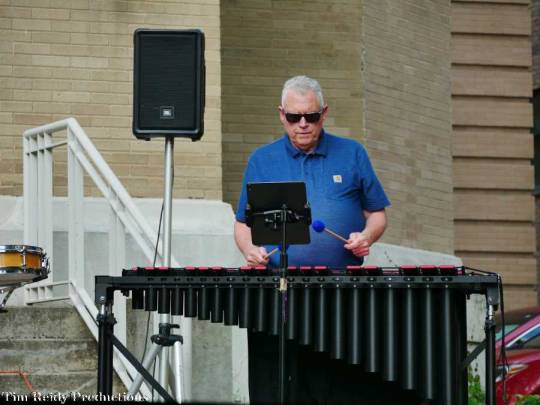




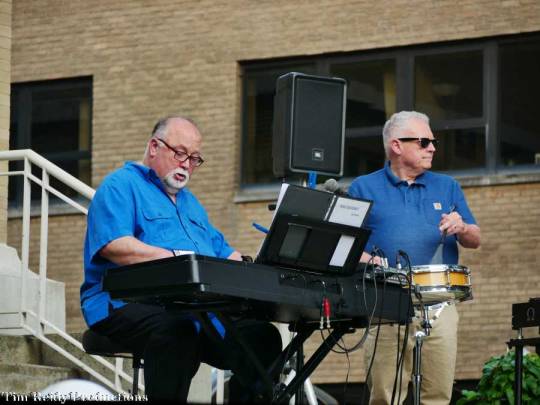


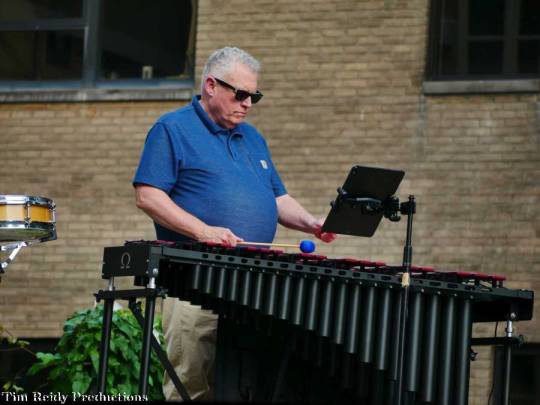


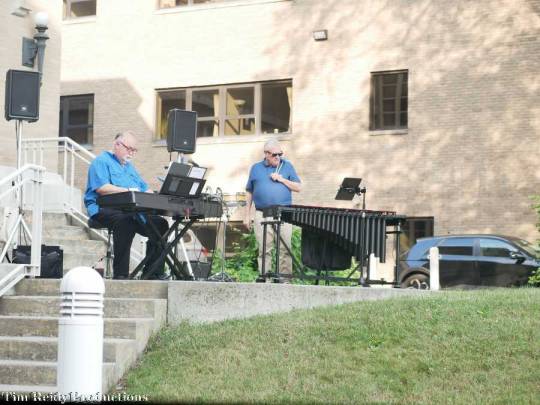

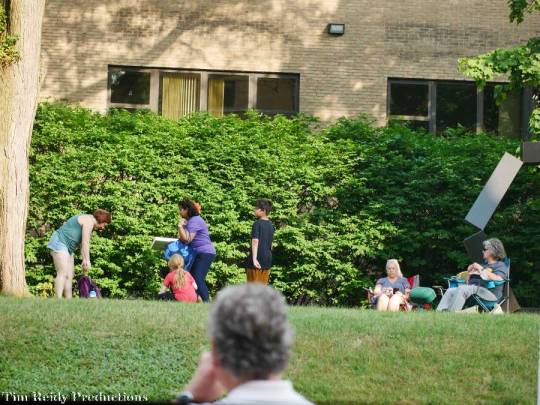


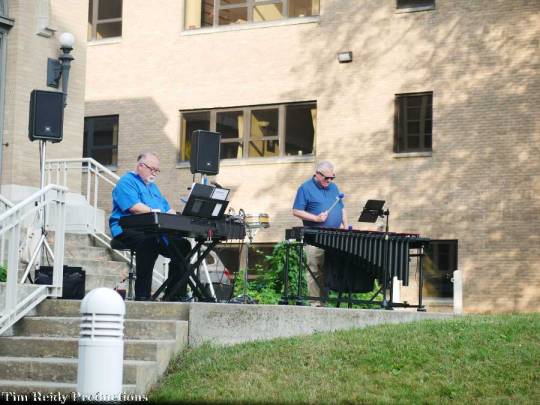
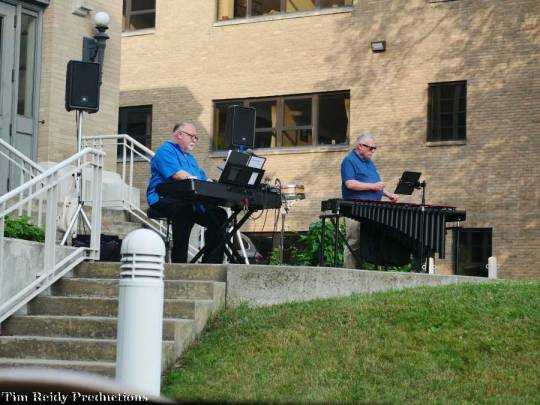
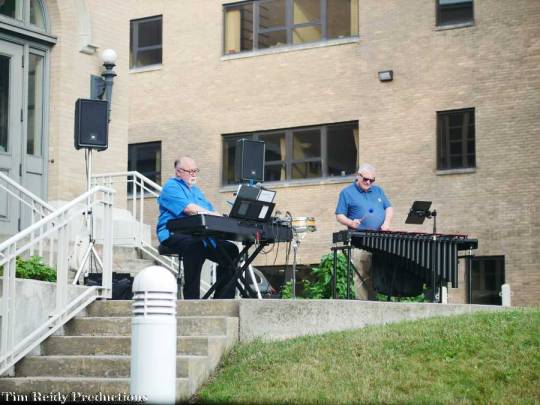

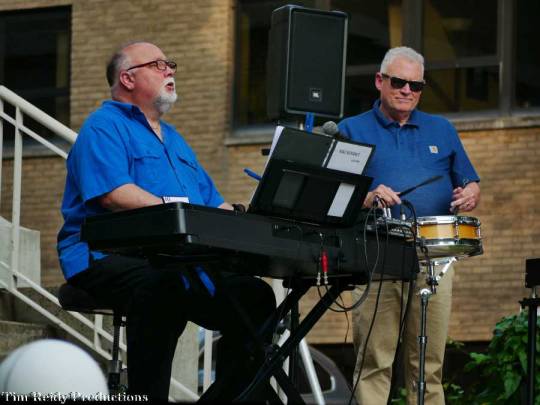


John Leroy Duo at Albany Institute for History and Art June 2023
0 notes
Text

Do you ever see a dress and feel like you can hear it? This one certainly seems like it would make the most delicate shushing sound over the parquet floors. Dating from 1867, this dress has all the volume of the decade but with a lot of the 1870s precursors to come--especially in that bodice and the contrasting lining.
It's made of the most beautiful sky blue satin, and the tulle cascades down the middle of the skirt almost like a waterfall. The museum notes that the tulle was replaced in the 1980s, and that makes sense. I imaging the original might have been pretty yellowed by then.
Personally, my favorite part is the growing size of the stripes down the sides of the skirt over the petticoat. That, and the peep of satin at the hem! So lovely. From the Albany Institute.
#historical costuming#costume history#silk dress#textiles#victorian fashion#history of fashion#fashion history#threadtalk#costume
770 notes
·
View notes
Text


Fawn Colored Day Dress
c. 1882-1883
Label: Milton S. Price / Syracuse, N.Y.
Albany Institute of History & Art
#1880s#Victorian#fashion history#victorian fashion#historical fashion#dress history#history of fashion#frostedmagnolias
1K notes
·
View notes
Text
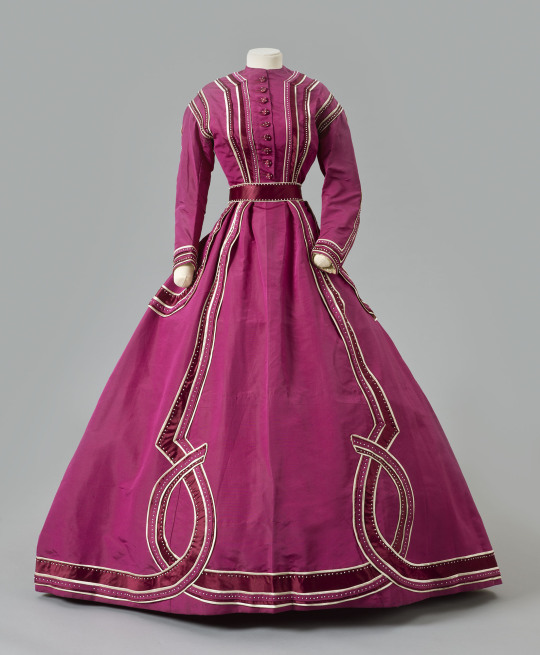

1867 Raspberry dress with white beads by Marie and Josephine Virfolet (New York City)
ribbed silk, silk satin, glass seed beads
(Albany Institute of History & Art)
2K notes
·
View notes
Text
Floral embroidered crazy quilt, c. 1890

Maker: Unidentified makers for Sarah Green Nodine
Medium: Silk, velvet, wool, chenille and paint
Albany Institute of History and Art
128 notes
·
View notes